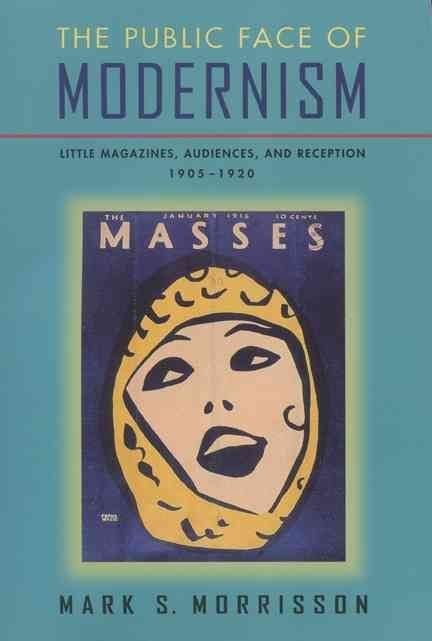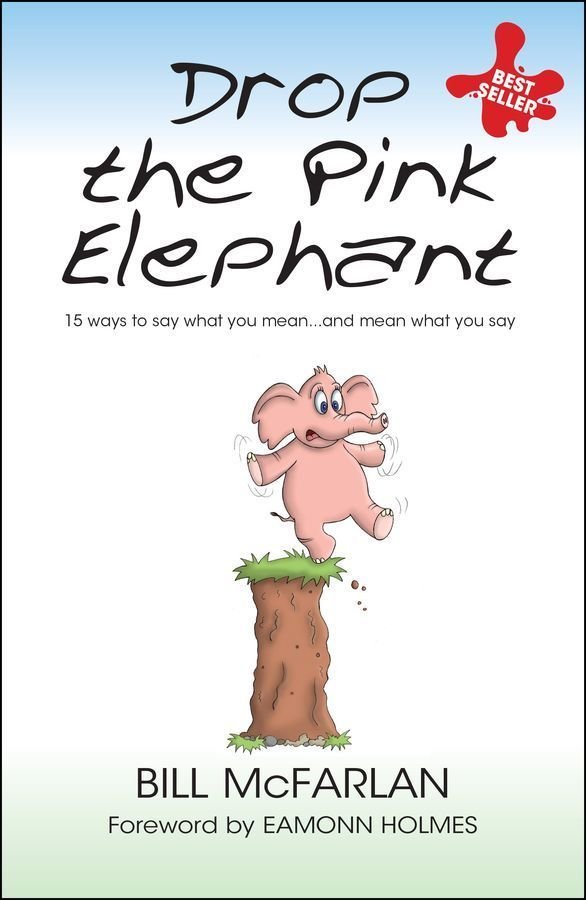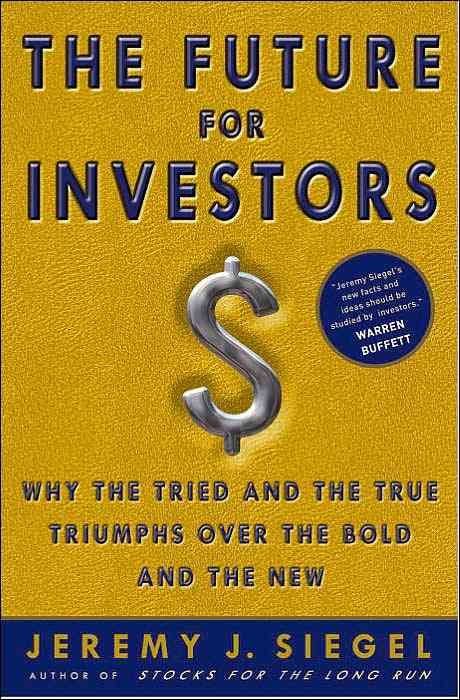Between the 1890s and the 1920s, mass consumer culture and modernism grew up together, by most accounts as mutual antagonists. This provocative work of cultural history tells a different story. By delving deeply into the publishing and promotional practices of the modernists in Britain and America, however, Mark Morrisson reveals that their engagements with the commercial mass market were in fact extensive and diverse. The phenomenal successes of new advertising agencies and mass market publishers did elicit what Morrisson calls a “crisis of publicity” for some modernists and for many concerned citizens in both countries. But, as Morrisson demonstrates, the vast influence of these industries on consumers also had a profound and largely overlooked effect upon many modernist authors, artists, and others. By exploring the publicity and audience reception of several of the most important modernist magazines of the period, The Public Face of Modernism shows how modernists, far from lamenting the destruction of meaningful art and public culture by the new mass market, actually displayed optimism about the power of mass-market technologies and strategies to transform and rejuvenate contemporary culture&;and, above all, to restore a public function to art. This reconstruction of the “public face of modernism” offers surprising new perceptions about the class, gender, racial, and even generational tensions within the public culture of the early part of the century, and provides a rare insight into the actual audiences for modernist magazines of the period. Moreover, in new readings of works by James Joyce, George Bernard Shaw, Wyndham Lewis, Ford Madox Ford, T. S. Eliot, William Carlos Williams, and many others, Morrisson shows that these contexts also had an impact on the techniques and concerns of the literature itself.












